This 40-mile Stretch of the Belgian Coast Is Often Overlooked — and It's Home to the World's Longest Tram
A love letter to the Belgian coast — charming towns, fine-dining restaurants, and tranquil nature reserves included.
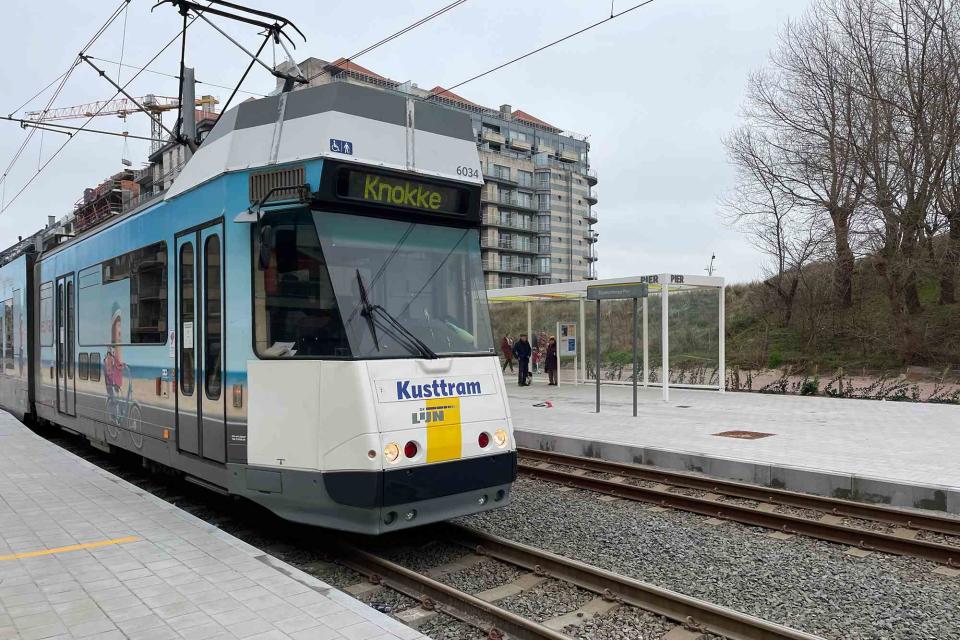
Sander Van Den Broecke
Over the years, the Belgian coast has remained a bit of a hidden treasure in international circles. And yet, the 40-mile North Sea coastline accounts for most of the country’s domestic arrivals. So, why do foreign travelers still favor nearby Bruges, Brussels, and Ghent?
There’s one thing that connects all Belgian coastal destinations even more than their geographical proximity: a common identity. If your grandma taught you how to peel gray shrimp and Dutch speakers can recognize your West-Flemish accent, you’re in the in crowd.
This sense of shared identity may be what drove me to rediscover the Belgian coast on a windy January weekend. I wondered, will the sand in my sneakers evoke memories of days gone by? Will the cold sting of the ocean breeze still cut through layers of protective clothing like a hot knife through butter?
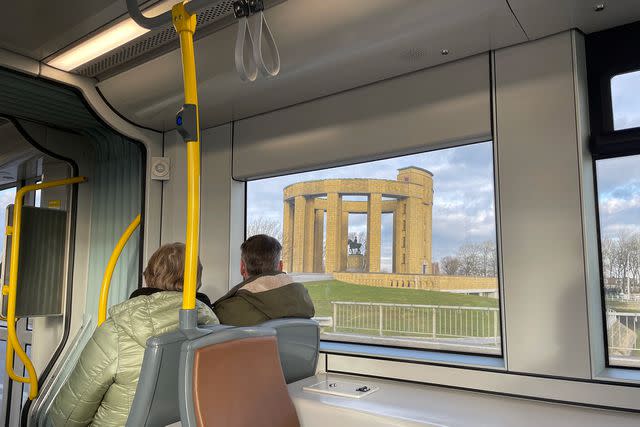
Sander Van Den Broecke
For the first time in a decade, I boarded the Coast Tram in De Panne, a sleepy village near the French border and the cradle of contemporary land sailing. In its early days, a single tram carriage was pulled by sheer, undiluted horsepower. Today, 130 years later, the interurban rail line serves more than 16 million passengers annually — and at 42 miles, it’s the longest tramway in the world.
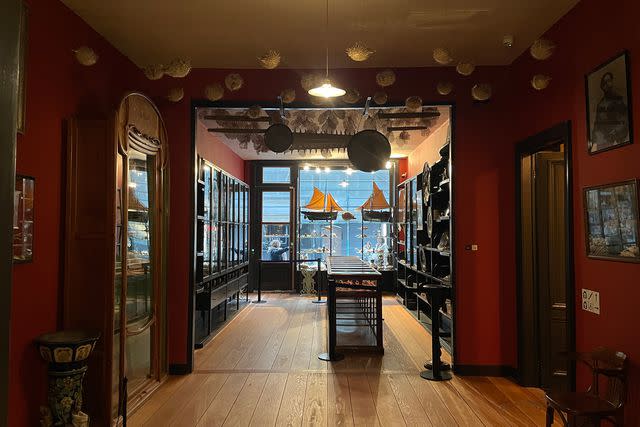
Sander Van Den Broecke
Besides being the informal adrenaline capital of the coast, De Panne is also home to hundreds of protected fishermen's cottages and Belgium’s oldest nature reserve — including "the Sahara," a bone-dry sand dune stretching as far as the eye can see.
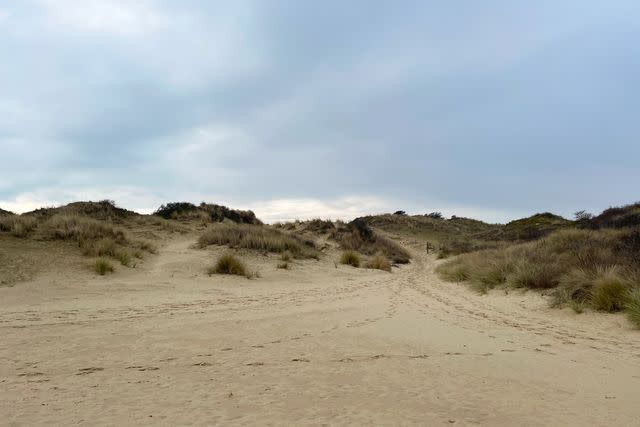
Sander Van Den Broecke
My next stop was Koksijde, a calm beach resort where just a handful of fishermen are keeping the time-honored tradition of shrimp fishing on horseback alive, thanks to the financial support of the city council. In contrast to this 500-year-old practice is the latest wave of restaurants like Oh, where chef Cedric Sorton’s subtle use of local ingredients left me wanting more.
I passed the impressive marina and World War I memorial of up-and-coming Nieuwpoort. One town over, in unassuming Middelkerke, I looked through the tram window and enjoyed my first view of the North Sea, undisturbed by dunes or 1960s apartment blocks as the shaky carriage ran alongside the sandy beach.
Eventually, I arrived at my old homeland of Ostend, nicknamed the "Queen of the Coast." With its ever-expanding street art walk (the Crystal Ship), the contemporary Mu.Zee, and the renewed James Ensor House exploring the art, life, and legacy of one of Belgium’s most celebrated artists, the city’s cultural significance is hard to overstate.
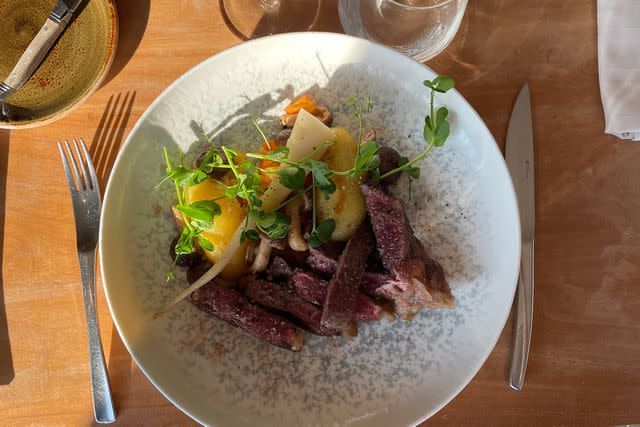
Sander Van Den Broecke
Moreover, the food and drink scene in Ostend deserves an article of its own. Local favorites like De Koekoek, Zeegeuzen, and Café Botteltje have been around for years, while restaurants like Marina, Storm, and Bistro Mathilda are celebrated in the Gault & Millau guide.
On Sunday morning, I left the coast’s largest city for neighboring Bredene, an undisturbed breath of fresh air in the wild dunes. Here, I met Donald Deschagt, known around town as the seaweed chef. He regularly takes groups on an instructive walk along the coastline, teaching them to forage for seaweed, and has launched 17 products with algae and sea vegetables.
"For me, Bredene is among the finest coastal towns in existence. Pure, wild, untamed nature — that's heavenly. I see the North Sea every morning when I get up, and I wouldn't have it any other way," explains Donald.
From there, I traveled to De Haan, where the yellow brick tram stop has been co-opted as the local tourism office. Residents insist that the city has retained more seaside charm than any other destination on the Belgian coast, and I can’t disagree. De Haan’s main draws — ice cream, pedal carts, and walks through its sleepy streets — are pure, uncomplicated, and reminiscent of simpler times.
Between belle époque De Haan and end-of-the-line Knokke lies Blankenberge, a destination that would be easy to ignore, had it not been for one man’s passion project that exceeded my every expectation.
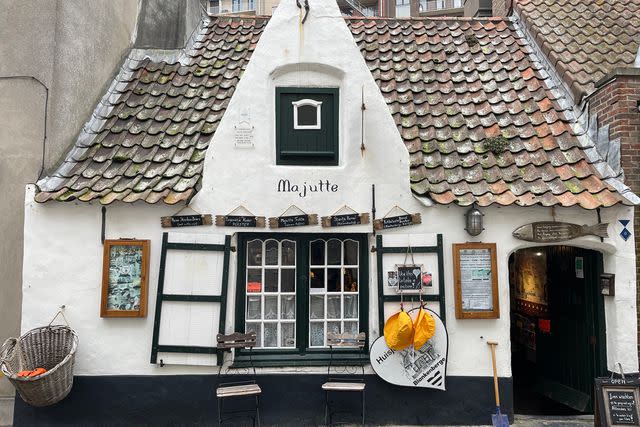
Sander Van Den Broecke
The so-called Huisje van Majutte, a charming cottage dating from 1775, still exudes the town’s fishing history nearly 250 years after its construction. The stairs are crooked, the floorboards creak with every step, and there are plenty of fishermen’s relics on the walls.
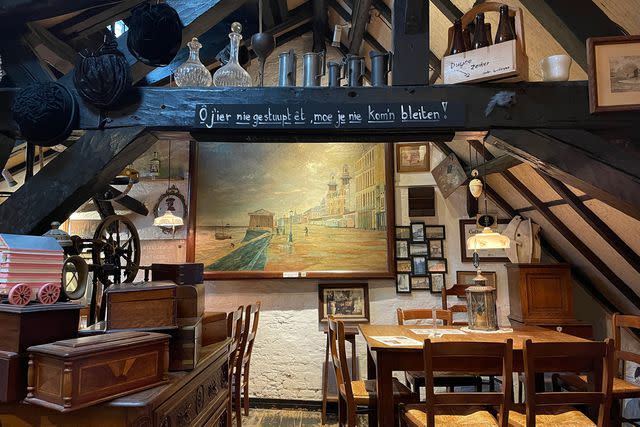
Sander Van Den Broecke
"Every week, people bring in things they found in their attic. I couldn’t be happier to breathe new life into these relics at Majutte," Peter Gadeyne, the cottage’s good-humored owner, tells Travel + Leisure.
The Coast Tram sets off again from Blankenberge toward its final stop, Knokke, a Saint-Tropez replica where golf carts and luxury SUVs rule the streets. But unlike seemingly everyone else, I wasn't here to splurge on Rolex watches, Louis Vuitton leather bags, or Wouters & Hendrix jewelry.
I was happy enough sitting on my stone-cold wooden bench, savoring the gaufre de Liège I had been craving for months and thinking back to all the good times the coast had given me — even if I was a decade late in realizing it.
For more Travel & Leisure news, make sure to sign up for our newsletter!
Read the original article on Travel & Leisure.

